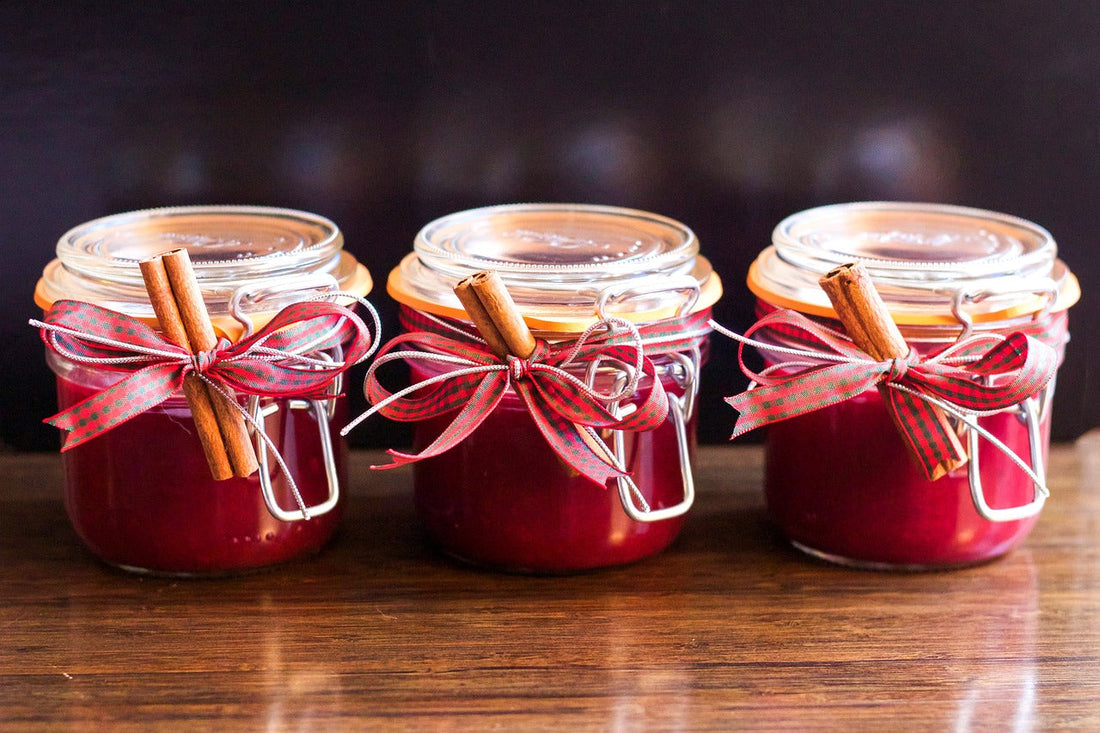Did you know jam-making started as a method of preserving fruit? Over time, it has evolved into a treat enjoyed worldwide in different varieties. Its history spans centuries with lots of interesting events that showcase its uniqueness as a fruit preserve, and its significance across cultures and time. Let’s explore some intriguing facts about jams you didn’t know.
Interesting Curiosities and Facts About Jam
1. The Origin of Jams
Jams have their origin from ancient Greeks and Romans. This was through their discovery of how cooking fruit with honey can preserve and lengthen its shelf life. This became even more useful in regions with abundant fruits but short harvest seasons.
2. The Earliest Jars for Storing Jams

Did you know that the Earliest jars for storing jams were made of clay and ceramic? These containers were used to preserve jams before the advent of glass and plastic jars.
3. The Earliest Recipe of Jam in a Cookbook
The first known jam recipe in a cookbook dates back to the 4th century. This was found in a Roman cookbook by Apicius, titled “De Re Coquinaria.” The method of preparing the jam was quite different from the modern-day technique. It involved mashing quince in honey.
4. The Introduction of Using Sugar in Jams Instead of Honey
Between the 3rd and 6th centuries, sugarcane, which was native to Southeast Asia, was introduced to Persia, after which soldiers began bringing back sugar from the Middle East to Western Europe. Over time, sugar became more accessible in Europe, hence the beginning of using sugar in jam-making
5. The Cost of Jam During Medieval Europe
During medieval Europe, the Crusades helped in increasing the accessibility of sugar. At that time, due to the high cost of sugar, jam became one of the luxurious items that were reserved mainly for the wealthy.
6. The Advantage Sugar Brought in Jam-Making Over Honey
Did you know that using sugar in jam-making offers a longer shelf life compared to honey? Aside from this, sugar also offers more varied recipe options in jam production when compared to honey.
7. Jam as a Royal Treat
Did you know that in the 1600s, jam was showcased as a luxury treat? This was done by King Louis XIV of France at Versailles. To further signify the state of the royalty of this treat, it was ensured that the jams and marmalades which were displayed elaborately were made from fruits grown at his private gardens.
8. How Jam Prevented Scurvy among Sailors
Did you know that jam played a significant role in helping sailors and pirates prevent scurvy? This is due to the high Vitamin C content in fruit jam, which helps fight against scurvy, a common illness during long sea voyages.
9. Napoleon’s Influence on Canning Jams
Napoleon Bonaparte, a French military general and statesman, played a significant role in the advancement of preservation and canning of perishable food when he declared his need for non-perishable food for his armies. This led to Nicolas Appert’s invention of canning, paving the way for large-scale jam production.
10. How John L. Mason Influenced Homemade Jam-Making
Did you know that the invention of the Mason Jar by John Landis Mason in 1858 further enhanced canning jams at home? Mason Jars, which came with airtight seals, made preserving jams at home easier.
11. The Influence of World War II on Jam-Making
World War II witnessed the rationing of sugar, which resulted in a decline in the industrial production of jam. This however led to people preserving fruits grown from their victory gardens.
12. The Health Benefits of Jam
Did you know that when the pectin present in the fruit is heated during the cooking process in jam-making, it can prevent chronic illnesses such as cancer? Aside from this, jam can help combat diseases like heart disease because of the antioxidants in fruits and it is cholesterol-free. Also, the fibre content in sugar can control hunger and facilitate weight loss.
13. The Artisanal Jams
Artisanal jams are jams made with little or no additives. It has been recorded that in recent years, there has been a comeback of artisanal jam production especially by homeowners, which involves using traditional methods, combining high-quality ingredients and unique flavours.
14. The French Confiture Tradition
Did you know that the French have a long-standing tradition of eating warm bread with jam and preserves every morning? It is called the confiture tradition. “Confiture,” which is a word for jam in French, dates back to centuries. The confiture is made with whole fruit pieces, and stored in jars, often decorated with cloth and ribbon and used as a gift item.

